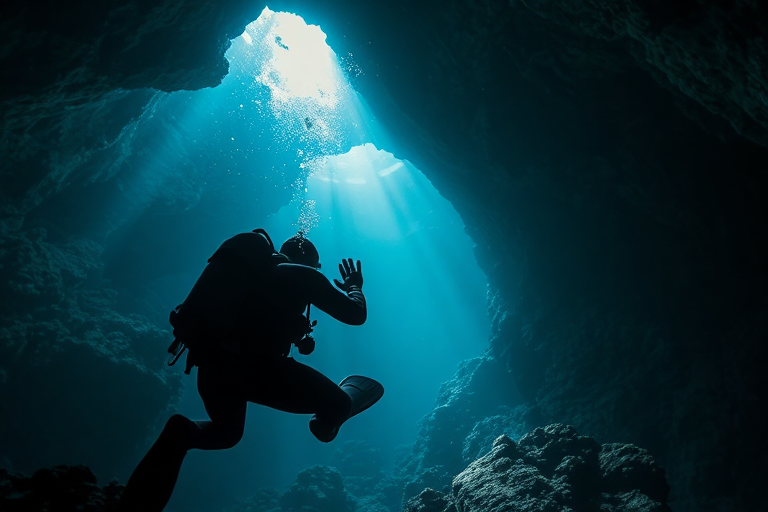
Cave diving is one of the most thrilling yet challenging forms of underwater exploration. It combines the beauty of underwater landscapes with the adrenaline of navigating through confined spaces. However, it’s not for the faint-hearted. Here are 10 essential things you need to know before embarking on a cave diving adventure.
1. It Requires Specialized Training
Unlike open-water diving, cave diving demands specialized training. You need to learn advanced techniques such as buoyancy control, navigation, and emergency procedures. Organizations like the National Association of Cave Divers (NACD) and the Cave Diving Group (CDG) offer courses that prepare you for the unique challenges of cave diving.
2. Equipment is Crucial
Your gear can make or break your dive. Essential equipment includes a primary light, backup lights, a guideline reel, and redundant air supplies. Unlike open-water diving, where you can surface in an emergency, cave diving requires you to rely on your equipment to get you out safely.
3. The Importance of a Guideline
A guideline is your lifeline in a cave. It helps you navigate through the labyrinthine passages and ensures you can find your way back to the entrance. Losing the guideline can be fatal, so always double-check your reel and line before entering the cave.
4. Air Management is Key
In cave diving, air management is critical. The rule of thirds is a common practice: one-third of your air is for entering the cave, one-third for exiting, and one-third is reserved for emergencies. This ensures you always have enough air to make it back to the surface.
5. Psychological Preparedness
Cave diving can be mentally taxing. The confined spaces, darkness, and potential for disorientation can trigger panic. Mental preparation and stress management techniques are essential. Practicing in controlled environments can help build your confidence.
6. Environmental Awareness
Caves are delicate ecosystems. Disturbing the sediment can reduce visibility and harm the cave’s inhabitants. Always be mindful of your movements and avoid touching the cave walls or formations. Leave no trace behind to preserve these natural wonders.
7. Team Diving is Essential
Never dive alone. Cave diving is a team activity where each member looks out for the others. Communication is vital, and having a buddy can be a lifesaver in emergencies. Make sure your team is well-coordinated and everyone understands the dive plan.
8. Know Your Limits
Every cave is different, and so is every diver. Know your limits and don’t push yourself beyond your training or comfort level. Overconfidence can lead to dangerous situations. Always assess the cave’s difficulty and ensure it matches your skill level.
9. Emergency Procedures
Being prepared for emergencies is non-negotiable. Familiarize yourself with procedures for lost guidelines, equipment failure, and air supply issues. Regular drills and simulations can help you react calmly and effectively in real-life situations.
10. Respect Local Regulations
Many caves are protected areas with specific regulations. Always check local rules and obtain necessary permits before diving. Respecting these regulations helps preserve the caves and ensures a safe diving experience for everyone.
Cave diving is an extraordinary adventure that offers unparalleled experiences. However, it comes with significant risks. By understanding these 10 key aspects, you can better prepare yourself for the challenges and enjoy the beauty of the underwater world safely.
Leave a Reply